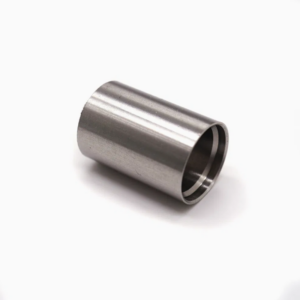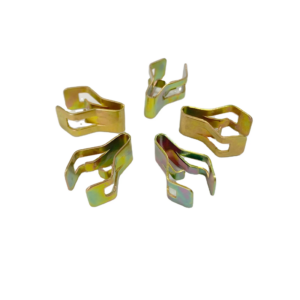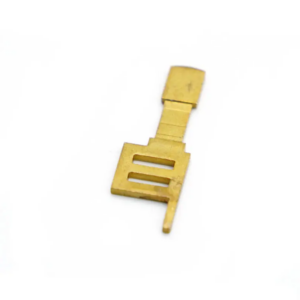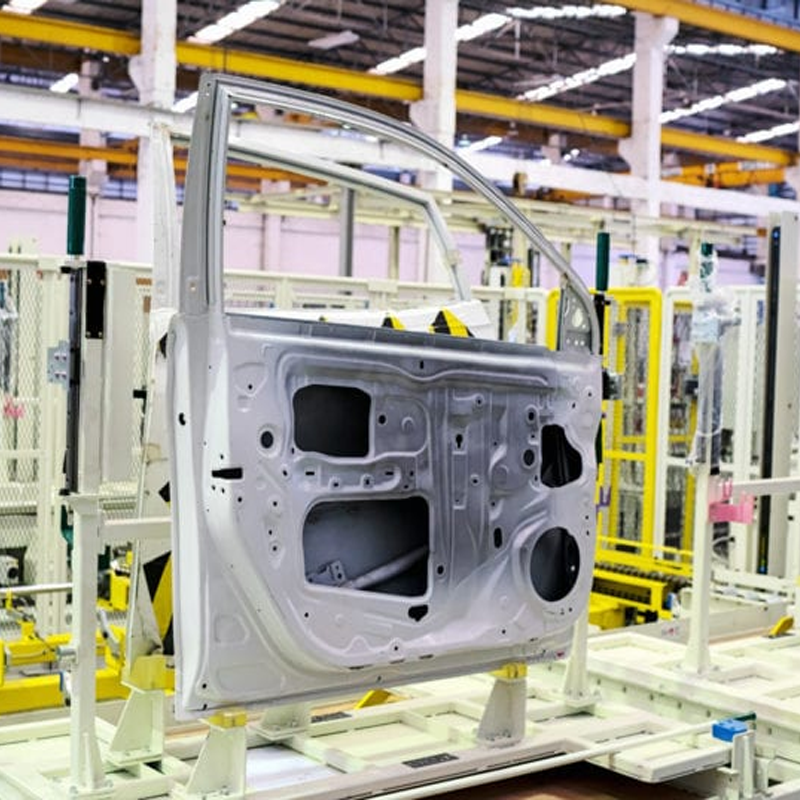Hello everyone, this is Sunny from Plantmetal, and today we’re excited to introduce you to an essential process in the automotive industry—metal stamping for electric vehicles (EVs). As the EV market continues to grow, so does the demand for efficient, high-precision manufacturing techniques. Metal stamping is a key process that helps meet these demands, providing a cost-effective and scalable solution for producing complex, lightweight components that support the development of electric vehicles.
Metal stamping is widely used in the automotive industry due to its ability to create parts with high accuracy, minimal waste, and consistent repeatability. This process is particularly beneficial for electric vehicles because it allows for the production of lightweight, durable components that contribute to better fuel efficiency and reduced carbon emissions. At Plantmetal, we specialize in providing high-quality metal stamping services for EV manufacturers, ensuring that each component meets the strict specifications and performance requirements necessary for electric vehicle production.
Why EV Stamping is Vital for the Future of Electric Vehicles
The metal stamping process involves using stamping presses and dies to shape sheet metal into desired components. The efficiency and precision of this process make it ideal for high-volume production of automotive parts. But what makes it particularly important for electric vehicles? Here are a few advantages of using metal stamping in the EV industry:
-
Automation and Precision
One of the biggest advantages of metal stamping is its ability to be automated. In the EV industry, automation is crucial for reducing labor costs and minimizing the risk of human error. Automated stamping presses can produce large volumes of parts with high precision and consistency, ensuring that each component meets tight tolerances and quality standards. By eliminating manual labor, automation also reduces the risk of workplace injuries, creating a safer environment for workers.
-
Material Efficiency
In the production of EV components, material efficiency is key. Metal stamping primarily uses sheet metal, which can be cut and shaped with minimal waste. This not only helps to reduce raw material costs but also aligns with the sustainability goals of many electric vehicle manufacturers. The ability to use sheet metal efficiently ensures that the production process remains cost-effective while also minimizing environmental impact.

-
Cost-Effectiveness
Once the die is designed and formed, metal stamping offers a low-cost method for producing parts in high volumes. The dies used in metal stamping are relatively simple to maintain, and after the initial setup, there are no additional overhead costs involved in the manufacturing process. This makes stamping an ideal choice for EV components, where high production volumes and cost control are essential.
The EV Stamping Process
There are various types of metal stamping processes used in the automotive industry, and each is suited to different types of parts. Here’s a breakdown of the general stamping process and the methods that are commonly used in the EV sector:
General Stamping Process
The basic metal stamping process involves placing a sheet of raw metal between two dies and applying pressure to form the material into the final shape. The pressure forces the material into the die, creating a precise component that matches the specifications required. The stamping press can perform different operations, such as cutting, bending, and shaping, to create the desired part.
Popular Stamping Methods for EV Components
– Estampación Progresiva con Matriz: This is a highly efficient method where the sheet metal is passed through a series of stations in the die. Each station performs a different operation, progressively shaping the material until the final component is formed. This method is ideal for high-volume production and ensures consistency and precision in each part produced.
– Compound Die Stamping: This method allows multiple forming actions to be performed in a single stroke, making it a cost-effective solution for producing simple parts quickly and efficiently. It is often used for components that require basic shapes or limited complexity.

– Transfer Die Stamping: In this method, components are taken individually from the metal strip and moved through different stations to create more complex parts. This is ideal for parts with intricate designs or features that require multiple operations to be performed.
Machinery Used in EV Stamping
EV stamping relies on specialized machinery to carry out the various stamping processes with precision and speed. Some of the most common machines used in the process include:
– Straight Side Presses: These presses are designed to handle high tonnage and produce large, complex parts with tight tolerances.
– Tooling: The tooling used in stamping presses plays a critical role in shaping and cutting the sheet metal. High-quality tooling is necessary to ensure the accuracy and consistency of each part.
– Well-Equipped Tooling Department: A dedicated tooling department is crucial for ensuring that the dies and tools used in the stamping process are properly maintained and optimized for production efficiency.

EV Stamping Applications: Components and Materials
Metal stamping plays an important role in producing a wide range of components used in electric vehicles. Some of the most common applications for EV stamping include:
– EV Battery Components: The battery is the heart of any electric vehicle, and stamping is used to create the enclosures, trays, and brackets that hold the battery cells.
– EV Charging Components: Parts such as charging ports, connectors, and cable management systems are produced using metal stamping.
– Battery Trays: Stamped metal trays hold EV batteries securely in place, ensuring that the cells are protected from damage during use.
– A-Frames and Floor Panels: Stamping is used to create structural components like A-frames and floor panels that contribute to the vehicle’s overall strength and safety.
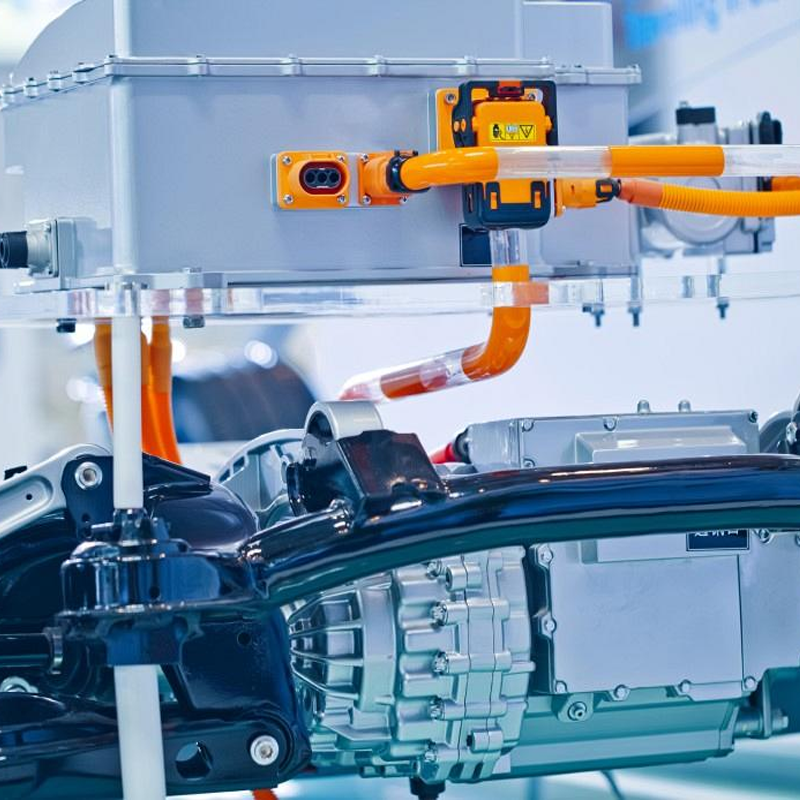
– Transmission Components: The complex shapes required for EV transmission systems are often produced using stamping techniques.
– Brake Components: Stamped components are used to create various brake system parts, such as brake pads and backing plates.
– Heat Shields: To protect critical components from excessive heat, stamped metal heat shields are used in various areas of the vehicle.
The materials used in EV stamping vary depending on the component and its function. Common materials include aluminum, carbon steel, and stainless steel, all of which are selected for their strength, durability, and lightweight properties.
EV Stamping vs. Other Stamping Methods
At Plantmetal, we offer a variety of stamping methods for the EV industry. As mentioned earlier, progressive die stamping is a highly efficient method for mass production, but we also provide other stamping options that offer unique advantages for specific applications:
– Fine Blanking: This method provides high precision and excellent surface finishes, making it ideal for parts that require tight tolerances and fine details.
– Transfer Die Stamping: This process is ideal for creating parts with complex geometries, especially when multiple operations are required.
– Compound Die Stamping: Ideal for simple parts that need to be produced quickly and efficiently.
– Stage Tooling: This method breaks down the stamping process into several stages, making it possible to produce parts in a cost-effective and efficient manner.
Our alternative stamping options are designed to reduce labor costs and production time through advanced automation, while maintaining the high level of precision and quality that our customers expect. By offering a range of stamping methods, we can provide the right solution for your specific EV component needs.
EV Stamping Services at Plantmetal
At Plantmetal, we are committed to providing top-tier EV stamping services that help our customers optimize their production processes. Whether you need high-volume manufacturing of EV components or specialized parts with unique design requirements, we offer solutions that ensure precision, cost-effectiveness, and minimal lead times.
With a focus on automation, material efficiency, and precision engineering, we help our customers meet the demands of the rapidly growing EV industry. Our team of experts is dedicated to delivering high-quality stamped components that meet the exacting standards required by electric vehicle manufacturers.
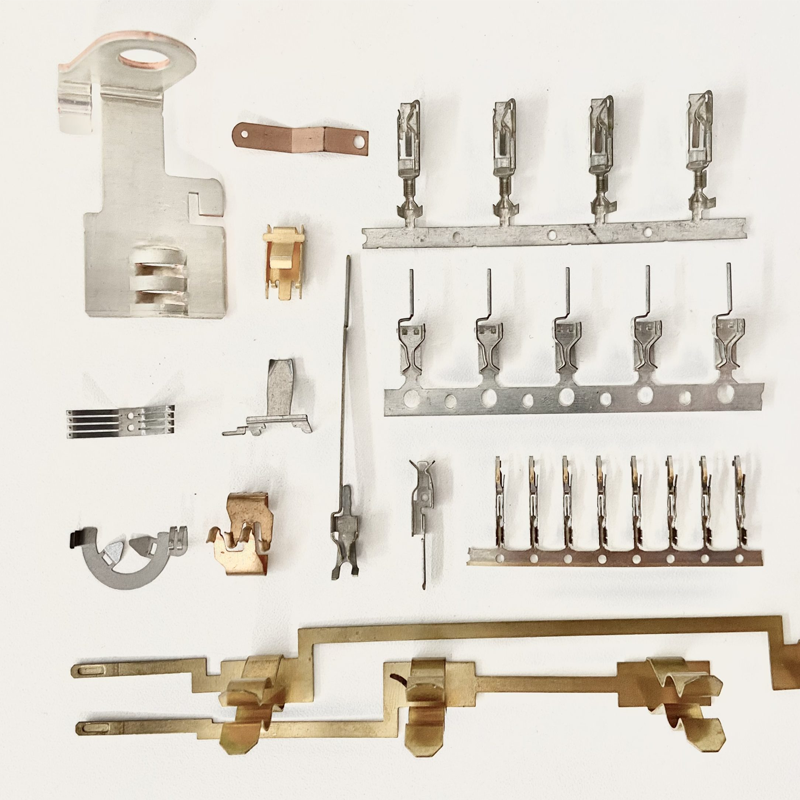
If you’re looking for a trusted partner to help you streamline your EV production and achieve the highest levels of quality, contact us at Plantmetal today. Whether you’re looking for a quote, more information on our stamping methods, or assistance with a specific project, we’re here to help you succeed.
Conclusion
As the demand for electric vehicles continues to rise, the need for high-quality, efficient manufacturing methods has never been more critical. Metal stamping plays a pivotal role in the production of EV components, offering benefits like precision, material efficiency, and cost-effectiveness. At Plantmetal, we are proud to be a trusted provider of EV stamping services, helping manufacturers meet the high standards of the electric vehicle industry.
If you are ready to take your EV production to the next level, contact Plantmetal to learn more about how our stamping solutions can enhance your manufacturing process and deliver high-quality components for your electric vehicles.

